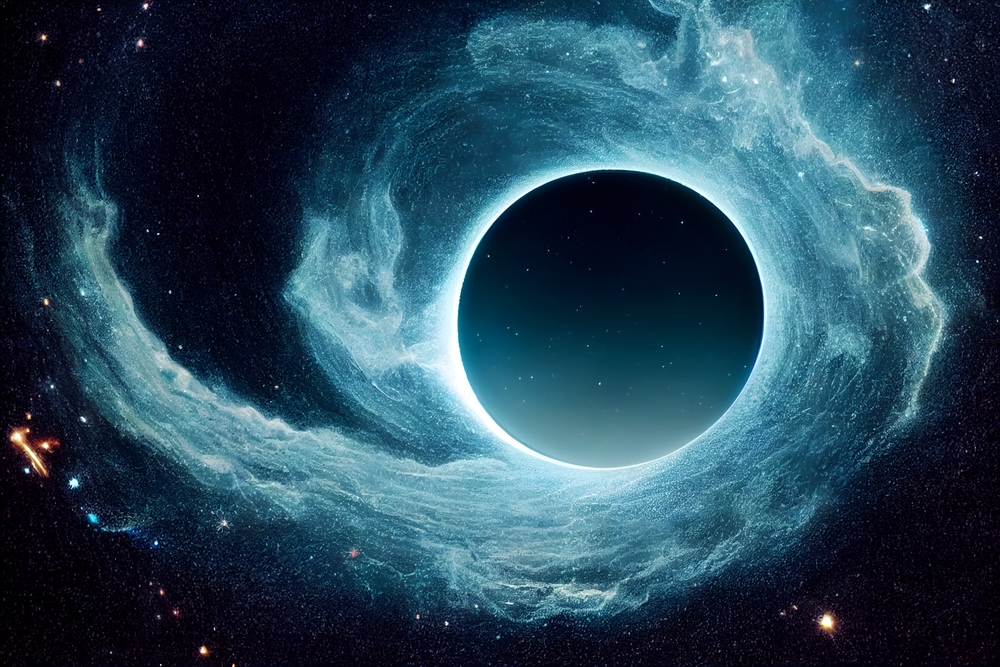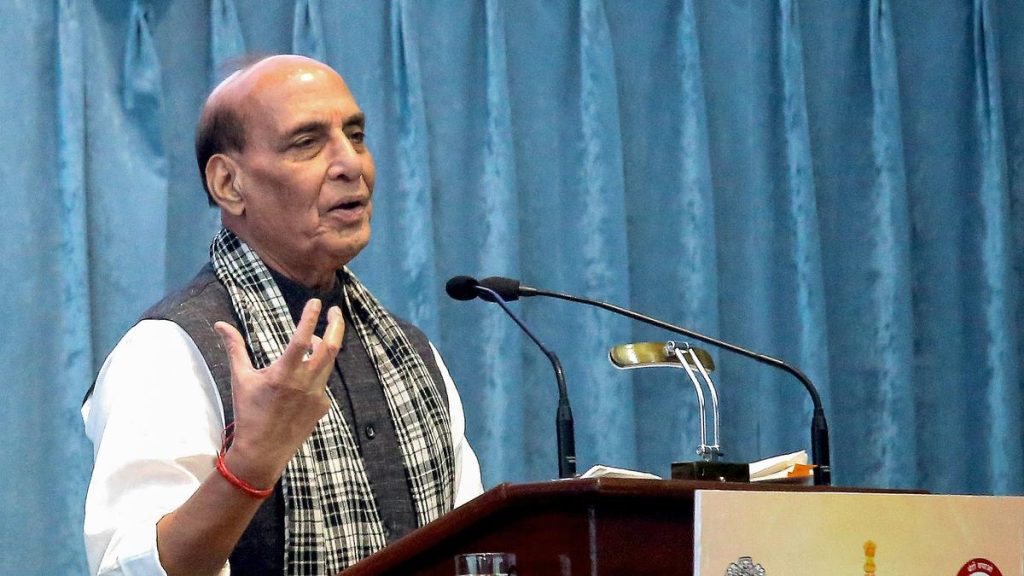Now Reading: Wormholes: Why They’d Appear as Spheres, Not Holes
-
01
Wormholes: Why They’d Appear as Spheres, Not Holes
Wormholes: Why They’d Appear as Spheres, Not Holes

Quick Summary:
- Wormholes and Relativity: Einstein’s theory of general relativity allows for the theoretical existence of wormholes, yet there is no observational evidence to confirm them. Wormholes remain speculative, even more so than black holes.
- Conceptual nature: wormholes are hypothetical spacetime shortcuts that connect two distant points. They might resemble spheres rather than simple “holes.”
- Stability and Exotic Matter: For wormholes to exist and allow travel, they would need exotic matter with properties such as negative mass-an entirely theoretical concept without experimental proof thus far.
- Human Travel Challenges: Even if a wormhole were stable enough to traverse, its interaction with regular positive energy could make it collapse due to its need for negative energy density.
- Relation to Physics Theories: Scientists explore wormholes not necessarily as realistic phenomena but as tools for understanding deeper aspects of spacetime and physics.
Indian Opinion Analysis:
The discussion around wormholes underscores the complexity of modern physics and its boundaries between science fiction and factual theory. While concepts like exotic matter required for stabilizing a traversable wormhole remain unproven, exploring such phenomena offers immense value in refining our understanding of spacetime under Einstein’s theory of relativity. For India-a nation expanding investments into space exploration programs such as ISRO’s advancements-speculative topics like these emphasize the importance of fostering scientific research capacities across areas including theoretical physics.
Understanding theories like this could inspire interdisciplinary collaboration within India among physics experts, cosmologists, engineers working in quantum computing or simulated environments-all converging on improving basic knowledge about our universe’s fabric while remaining cautious about overstating practical prospects given present limitations in empirical data.
























